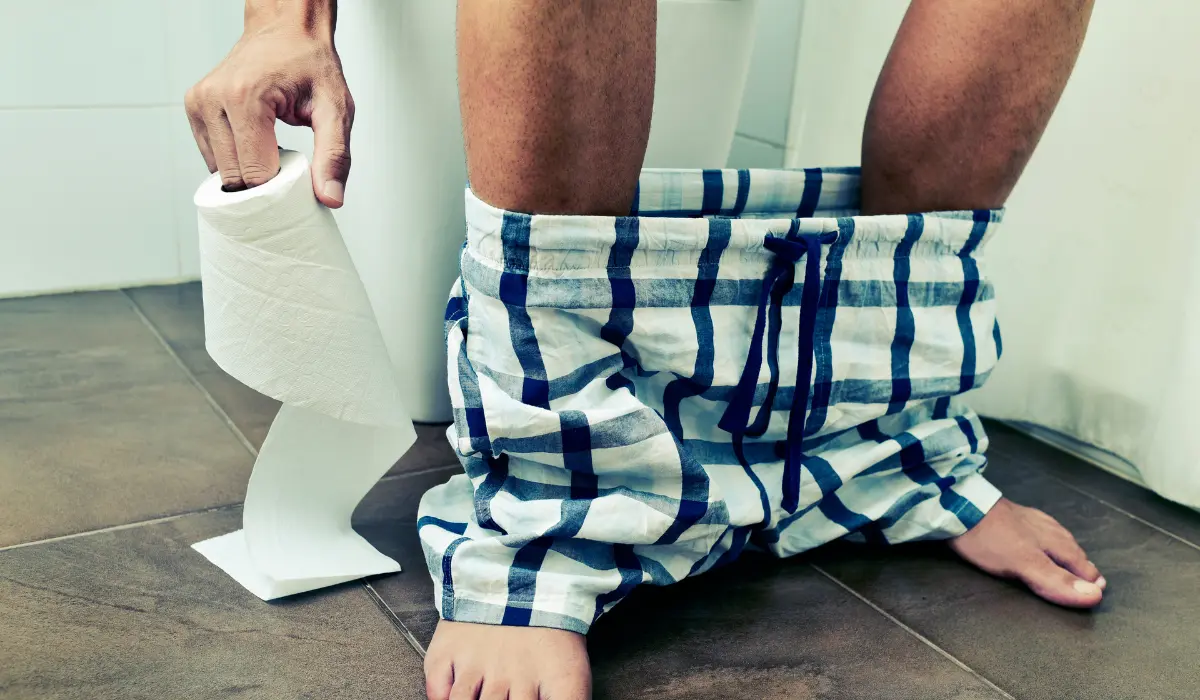The fear of contracting sexually transmitted diseases (STDs) often leads to questions about their transmission. One common myth is the belief that you can get STDs from a toilet seat. In this blog, we’ll explore the facts and Std From The Toilet Seat to dispel the myths surrounding the transmission of STDs through toilet seats.
Understanding STD Transmission
STDs are infections that are primarily transmitted through sexual contact, including vaginal, anal, and oral sex. They can be caused by bacteria, viruses, or parasites. Common STDs include chlamydia, gonorrhea, syphilis, herpes, human papillomavirus (HPV), and human immunodeficiency virus (HIV). Each of these has its own mode of transmission, and using a toilet seat is not one of them.
Why You Can’t Get STDs From a Toilet Seat
The idea of contracting an STD from a toilet seat is a common misconception. STDs typically require direct contact with infected bodily fluids or mucous membranes to spread. Here’s why you can’t get STDs from a toilet seat:
- STDs are fragile: Most STD-causing pathogens are quite delicate and cannot survive outside the human body for long periods. They are susceptible to environmental factors like temperature and moisture, which makes it highly unlikely for them to survive on a toilet seat.
- No direct exchange of bodily fluids: STDs are primarily transmitted through direct contact with infected bodily fluids such as blood, semen, vaginal fluids, or mucous membranes. When you use a toilet seat, there is no direct exchange of these fluids.
- Skin is a barrier: Your skin acts as a protective barrier that makes it difficult for pathogens to enter your body. Even if an infected person used the same toilet seat, the chances of transmission are exceedingly low unless you have open cuts or sores on your buttocks or thighs.
- Toilet seats are not conducive to STD transmission: STD pathogens require a specific environment to remain viable and infective. Toilet seats do not provide the ideal conditions for their survival, as they are typically cleaned regularly and are not conducive to the persistence of infectious agents.
How STDs Are Really Transmitted
To understand how STDs are typically transmitted, it’s essential to be aware of their modes of transmission:
- Unprotected sexual contact: The most common way to contract an STD is through unprotected sexual contact with an infected person. This can include vaginal, anal, or oral sex.
- Sharing needles: In the case of HIV and hepatitis B and C, sharing needles or drug injection equipment with an infected person can lead to transmission.
- Mother-to-child transmission: Some STDs, such as syphilis and HIV, can be transmitted from a pregnant woman to her baby during childbirth or breastfeeding.
- Skin-to-skin contact: Skin-to-skin contact with infected areas, as seen in the case of herpes and HPV, can also lead to transmission.
- Blood transfusions and organ transplants: Although rare, some STDs can be transmitted through blood transfusions or organ transplants from infected donors.
Preventing STDs
To protect yourself from STDs, consider the following preventive measures:
- Practice safe sex: Use condoms or dental dams correctly and consistently during sexual activity, especially if you or your partner has multiple sexual partners.
- Get regular screenings: If you are sexually active, consider getting regular STD screenings to detect infections early and seek treatment promptly.
- Communicate with your partner: Open and honest communication with your sexual partners about sexual health and testing is crucial to reducing the risk of STD transmission.
- Get vaccinated: Vaccines are available for certain STDs, such as HPV and hepatitis B. Speak to your healthcare provider about vaccination options.
In Conclusion
the idea that you can contract STDs from a toilet seat is a myth. STDs are primarily transmitted through direct contact with infected bodily fluids or mucous membranes during sexual activity. While it’s always important to practice good hygiene and be cautious in public restrooms, the risk of contracting an STD from a toilet seat is extremely low. To protect yourself from STDs, focus on safe sexual practices, regular screenings, and open communication with your sexual partners.
